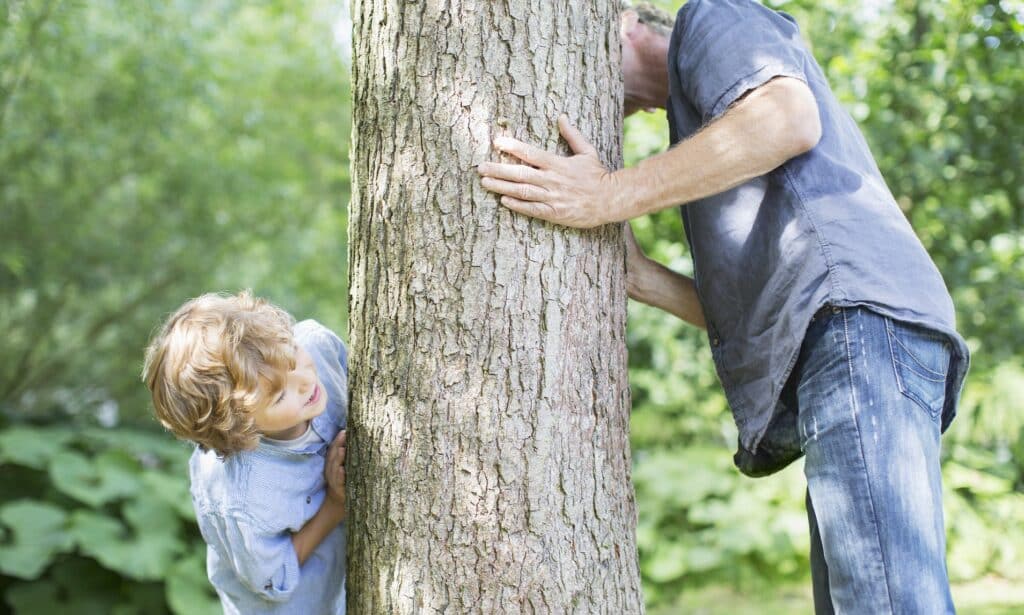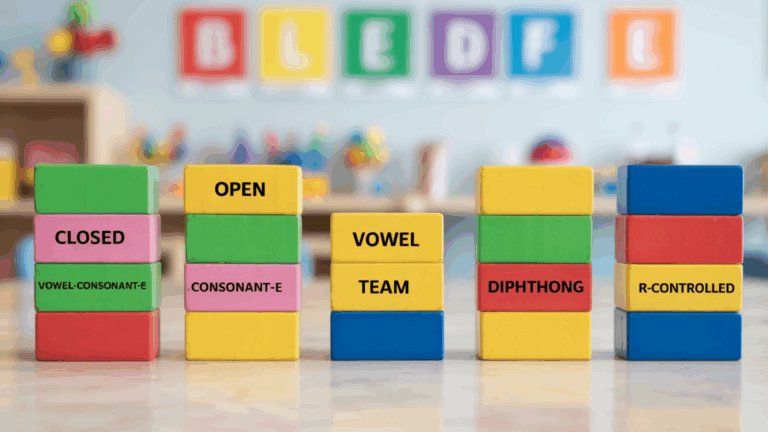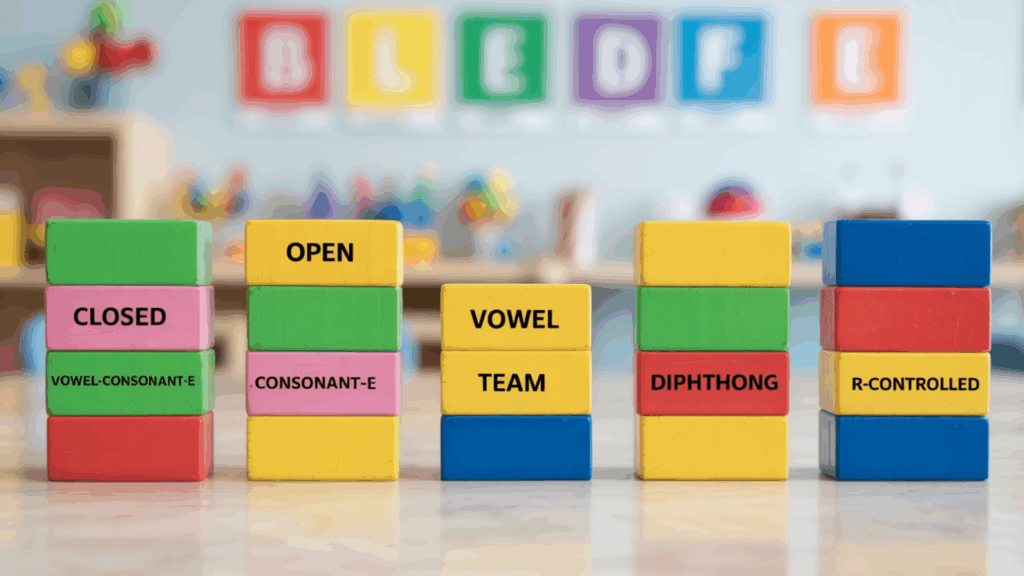Everyone in the world has grown up playing games like Snake and Ladders, Ludo, Simon Says, Legged Racing etc., and these were the things that made a community and friends stay with you for a long time, and in the stream of all these classics and old days, one of the golden games is Hide-and-Seek.
We all have grown up playing it and hated being the seeker or the first one to be caught, but still, the laughter rings in our heads when we think about it. Today’s generation gets bored with things quite easily and wants to move on to the next thing as soon as possible.
They don’t know the beauty of these games, and with the new concept of society that everything should be a teaching session, hide-and-seek has also developed and upgraded itself and is ready to enter the world of fun teaching.
Here are some hide-and-seek games that will not only keep them entertained but also help them develop cognitive and social skills.
Let’s dive in!
Hide and Seek Games for Preschoolers and Kindergarteners
1. Classic Hide-and-Seek
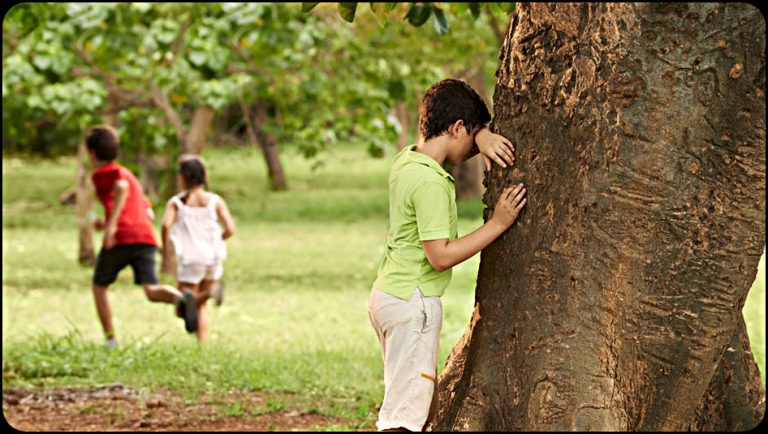
The traditional hide-and-seek game never gets old! It is a timeless game that never goes out of style, whether it comes to preschoolers or kindergarteners.
The rules are as simple as it come for any game: one child is chosen as the seeker, while the other children hide. The seeker then counts to a predetermined number while the others find hiding spots. Once the seeker finishes counting, they begin searching for the hidden players.
This game not only encourages physical activity but also helps children develop problem-solving skills as they strategize on the best hiding spots and also encourages and improves teamwork.
2. Animal Hide-and-Seek
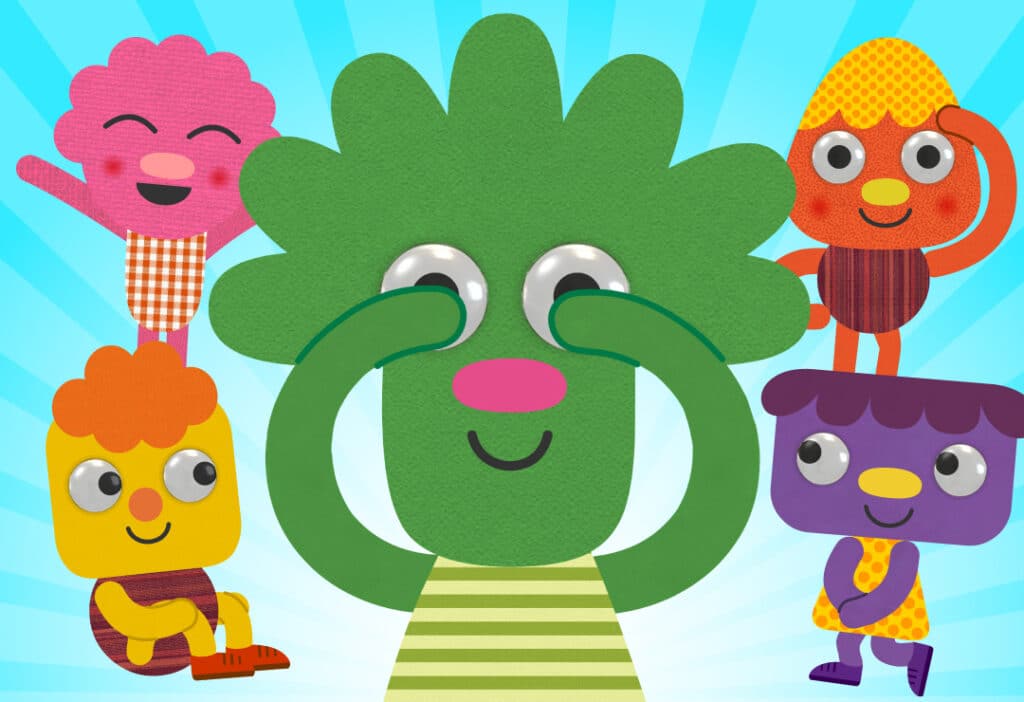
How about putting a little twist to classic hide-and-seek with some animals? Animal hide-and-seek is a fun game for children that helps them learn about different animals and their habitats. To play, you will need to gather some stuffed animals or pictures of animals.
Then, choose a hiding place for each animal. The first child to go is the “seeker.” They close their eyes and count to a certain number while the other children hide the animal. Once the seeker is finished counting, they open their eyes and try to find all the animals. The child who finds the most animals wins the game. This enhances imagination and helps kids to know more about animals.
3. Alphabet Hide-and-Seek
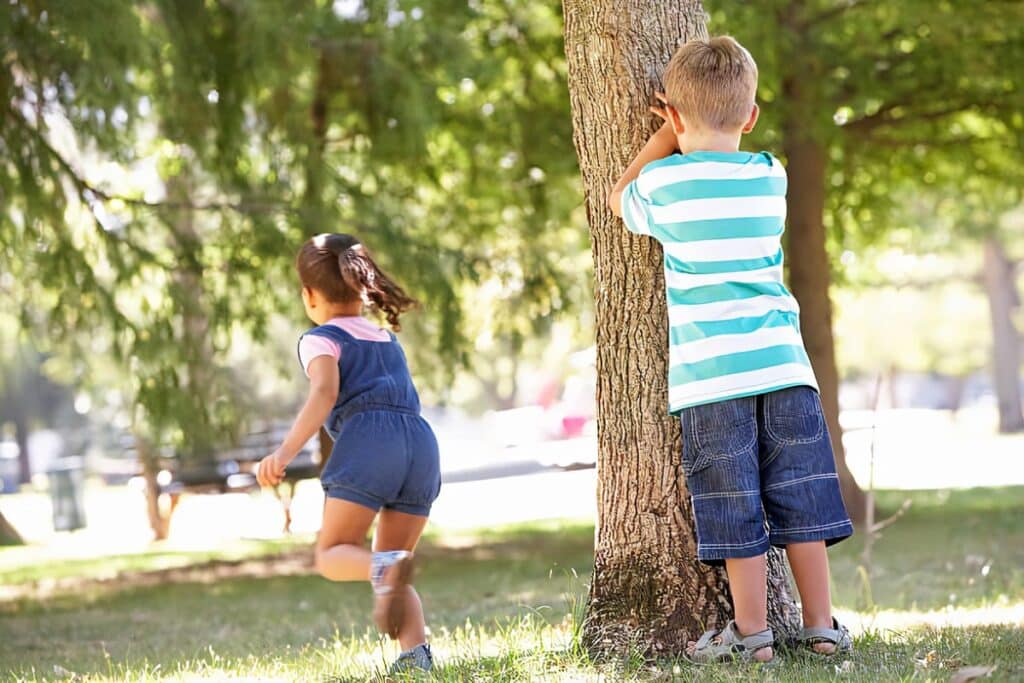
Alphabet hide-and-seek is a fun game for children that helps them learn the alphabet. To play this game, you will need to gather some objects that start with each letter of the alphabet. You can use anything you have around the house, such as toys, household items, or even food.
Once you have gathered your objects, you will need to hide them around the house. The first child will close their eyes and count to a certain number while the other children hide the objects, and once the counting is done, they will go and seek.
The child who finds the most objects wins the game. You can also play this game with a group of children, where each child takes turns being the seeker.
4. Colorful Hide-and-Seek
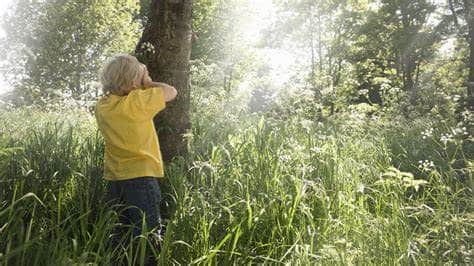
A little twist to the traditional game to help your child learn about the colors of the world. Playing this game is quite easy. Unlike a traditional hide-and-seek game, you will need to gather some objects that are in the color of your theme and hide them at different locations, then give each child a color that they have to find and set a timer for them to find it, the child with most object with right color wins.
To put a twist in the game, you can play with blindfolds so that the seeker has to rely on their sense of touch of the object and make a guess what it is and what color it could be. This will improve not only their color dictionary but also what color can be related to what object in day-to-day life.
5. Number Hide-and-Seek
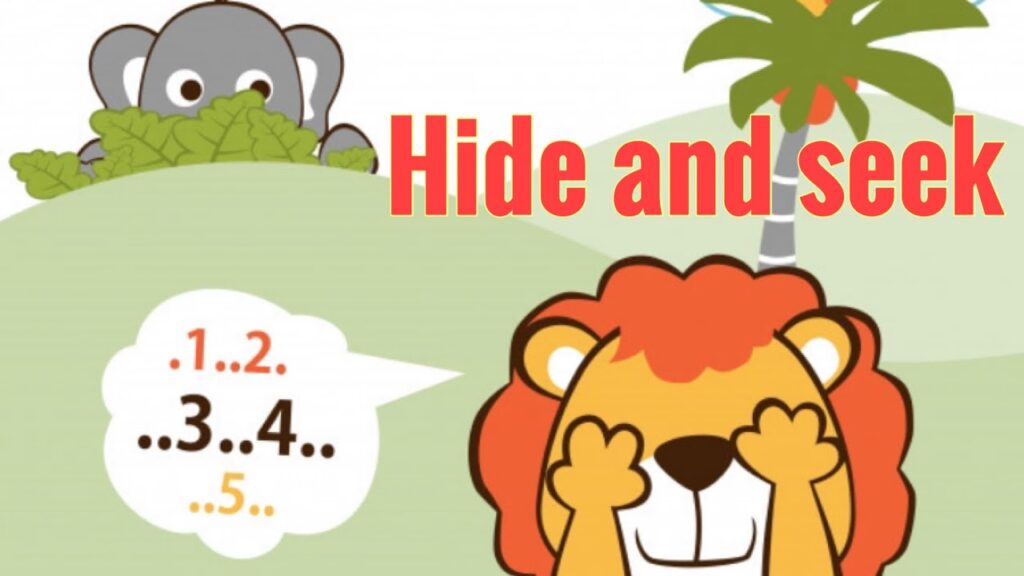
Number hide-and-seek is a fun game that helps children learn their numbers and enhances their number recognition and counting skills. To play this innovative game, you will need to gather some objects that represent different numbers, like two apples, three grapes and etc. The children will hide with the item, and the seeker will start counting and, once done, will go and seek the hidden children. When found seeker needs to guess the number correctly to seek the hidden person out. If they guess the number wrong, the child who was found can go and hide again, and the seeker goes back again to seek.
6. Rhyming Hide-and-Seek

Rhyming hide-and-seek might sound strange, but it is one of the most fun versions of the twist on the traditional game. Just like all the other games mentioned above, you need to gather some objects that are in rhyme with your theme word. You can choose the word with which words like can, man, pan etc. The children need to find as many words related to the theme word as possible to find the right hidden objects.
The child with the most objects related to the word wins fair and square. This will help children not only know about rhyming words but also learn new words that sound the same and are written the same but have completely different meanings.
7. Nature Hide-and-Seek

Play hide and seek in an outdoor area such as a park or garden. Instead of hiding indoors, the children have to find natural elements like leaves, flowers, or rocks. This game encourages exploration and appreciation of nature. It also promotes physical activity as the children run around searching for hidden objects.
Additionally, Nature Hide and Seek help develop observation skills as the children need to scan their surroundings to find the hidden natural elements carefully. Overall, this activity fosters a love for nature and encourages children to engage with their environment in a fun and interactive way.
8. Opposite Hide-and-Seek

Hide picture cards with opposite words on them. For example, hide a card with a picture of a hot sun and another with a picture of an ice cube. The seeker has to find the opposite cards and explain why they are opposites. This game promotes critical thinking and language development. Additionally, it enhances children’s vocabulary by introducing them to new words and concepts.
By playing this game, children are able to grasp the concept of opposites in a hands-on and engaging manner. This activity also encourages communication skills as children are required to explain their reasoning behind the opposite pairs they have found.
9. Shape Hide-and-Seek
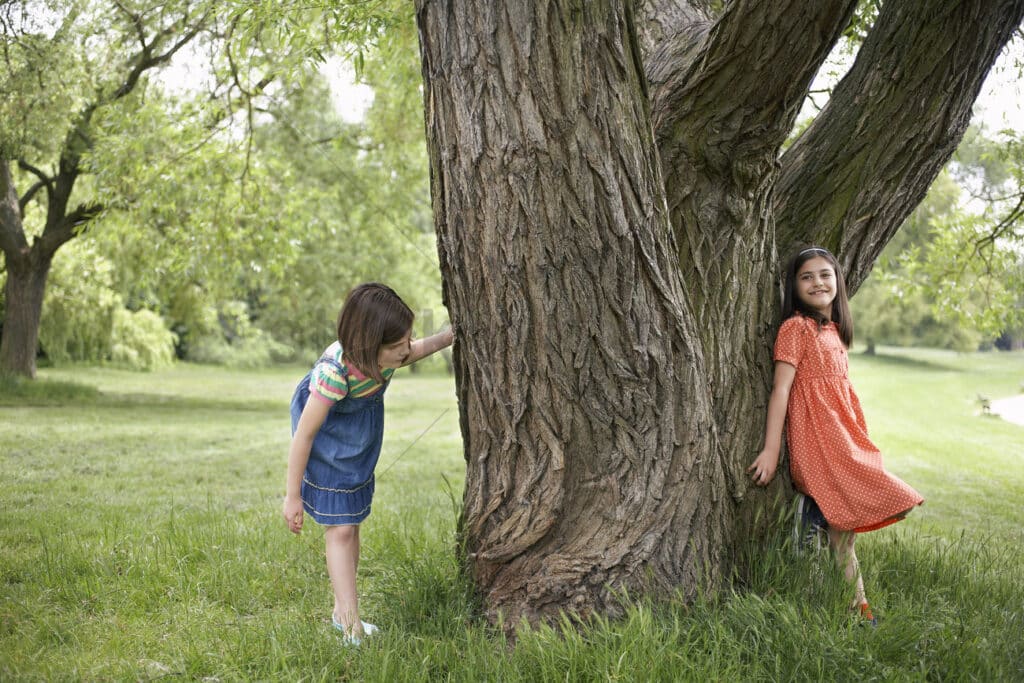
Hide shape cards throughout the playing area. When the seeker finds a card, they have to name the shape and find an object in the area that matches that shape. This game enhances shape recognition and spatial awareness. By searching for the hidden shape cards and matching them to objects in the area, children are able to reinforce their understanding of different shapes and their characteristics.
This game also promotes problem-solving skills as children have to think creatively and find objects that correspond to the shapes they have found. Overall, Shape Hide and Seek is a fun and interactive way for children to learn and reinforce their knowledge of shapes.
10. Shadow Hide-and-Seek
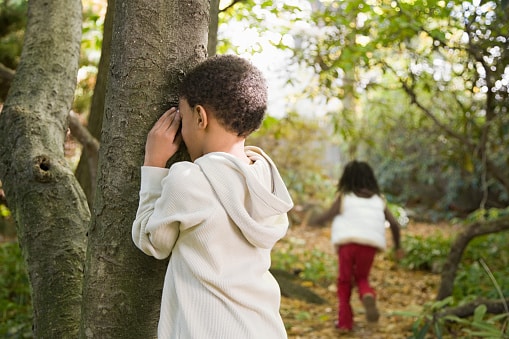
You can play this game in a darkened room or outdoors when the sun is low, use flashlights to cast shadows on the walls or ground, and have the children hide in the shadows. The seeker then has to find and tag the hidden players. This game promotes an understanding of light and shadows. Playing Shadow Hide-and-Seek in a darkened room or outdoors allows children to have a hands-on experience with light and shadows.
By using flashlights to cast shadows on the walls or ground, children can hide within the shadows, and the seeker has to find and tag them. This game not only promotes an understanding of light and shadows but also adds an element of excitement and mystery to the traditional game of hide and seek.
11. Memory Hide-and-Seek
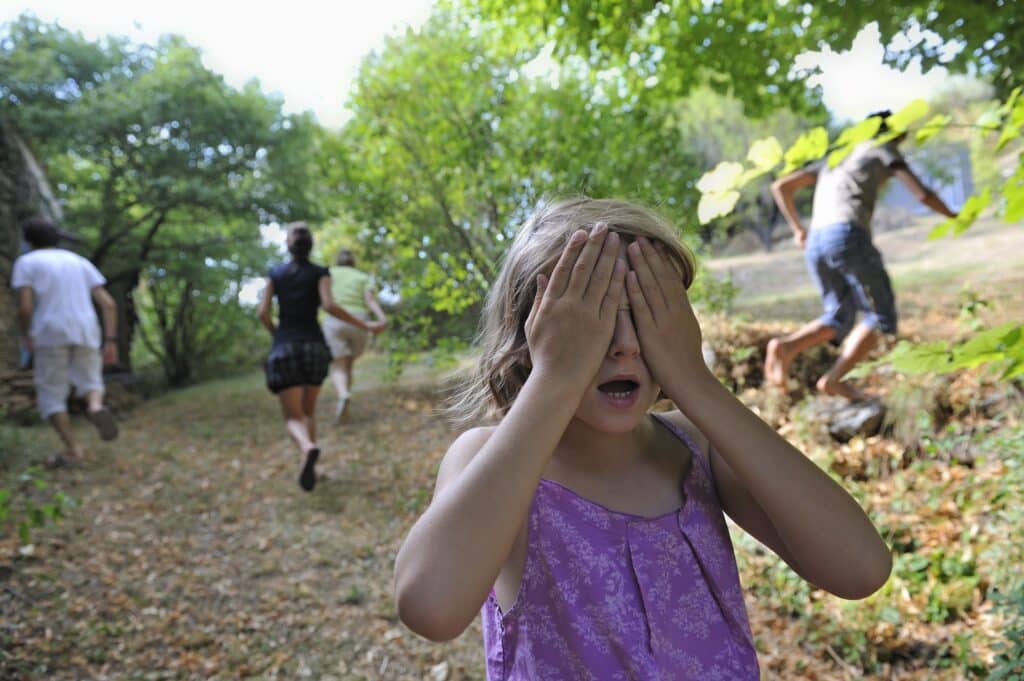
Memory hide-and-seek is another incredible and enjoyable way to help children develop their memory skills. The game is fairly easy. All you have to do is gather all the objects that are easy to recognize by the children, like your photo or their favorite toy, and hide them. The seeker has to find the hidden object. Quite simple, right, but here is the twist! The seeker can only see the object for a few seconds before they have to close their eyes again.
This means that they have to use memory to remember where the objects are hidden. The child who ends up obtaining the most objects is declared the winner.
12. Sensory Hide-and-Seek
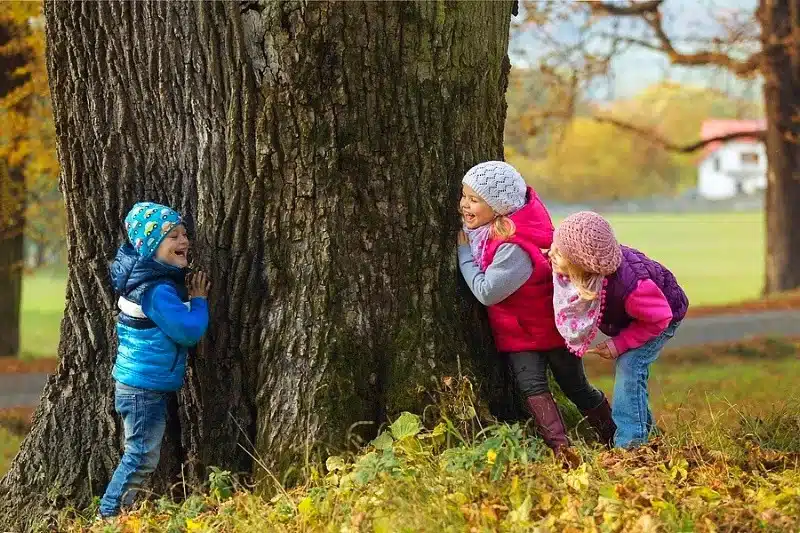
It is a fun hide-and-seek twist that will help your children develop their sensory awareness. To play this sensory-heightened game, you will need to gather some objects that appeal to different senses. Let’s say you find objects that are soft and squishy, rough, smooth, cold, hot, noisy, or quiet. Once they have been gathered, you will hide them around the room.
The seeker will close their eyes and will go seeking once all the children have hidden the objects. The child who ends up finding the most objects wins the game. You can use various sensory objects like a ball for visual whereas a bell for auditory sense.
13. Music Hide-and-Seek
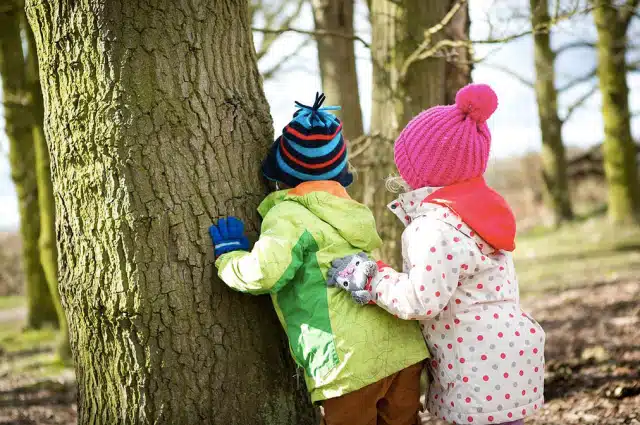
Play hide-and-seek while playing music. When the music stops, everyone has to freeze. The seeker then has to find the hidden players. This game promotes listening skills and body awareness. Additionally, playing music adds an element of excitement and anticipation to the game, making it more engaging for the participants. It also helps develop a sense of rhythm and timing, as players have to freeze when the music stops.
This game not only enhances cognitive and physical development but also encourages creativity and imagination as players try to find unique hiding spots. The use of music further stimulates auditory perception and descriptive language skills as participants may use musical cues or describe the melody to guide the seeker.
14. Treasure Hide-and-Seek
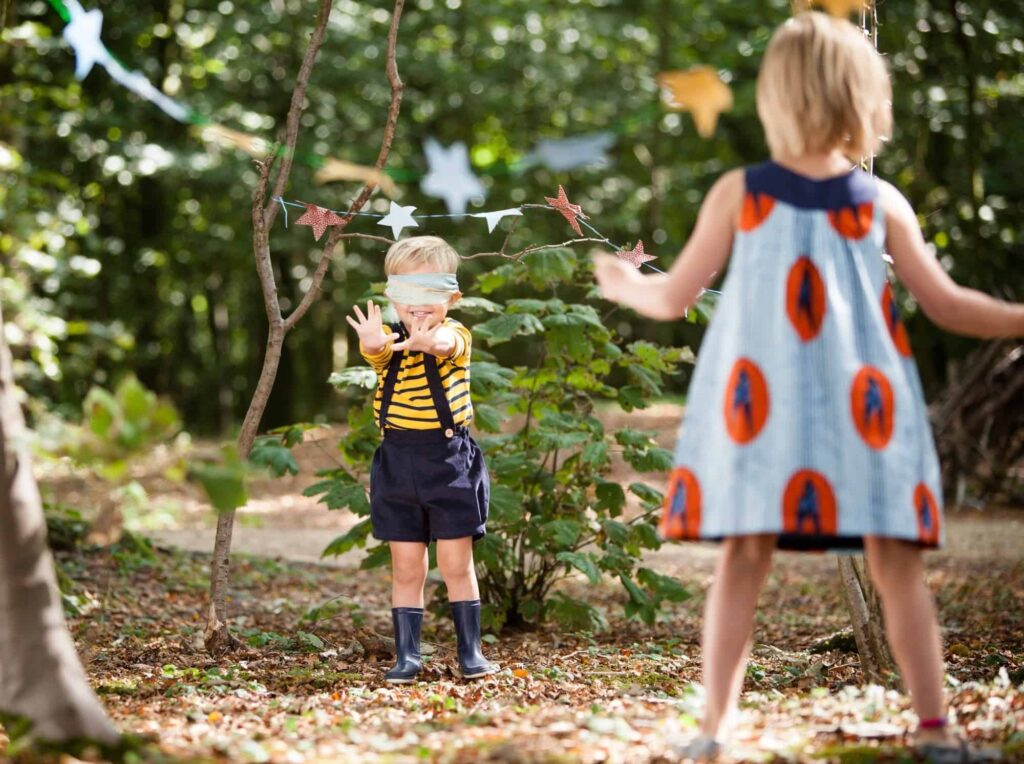
Before playing, hide small treasures or toys throughout the playing area. The seeker has to find hidden treasures while searching for the other players. This game adds an element of excitement and rewards to traditional hide and seek. The treasures can be hidden in creative places, such as under cushions, behind curtains, or even inside a bookshelf.
Each time the seeker finds a treasure, a small jingle or musical cue can be played to signal their success, adding an extra layer of excitement to the game. This version of hide-and-seek not only encourages children to use their problem-solving skills and spatial awareness but also adds a sense of adventure and anticipation as they search for both their friends and the hidden treasures.
15. Story-Themed Hide-and-Seek
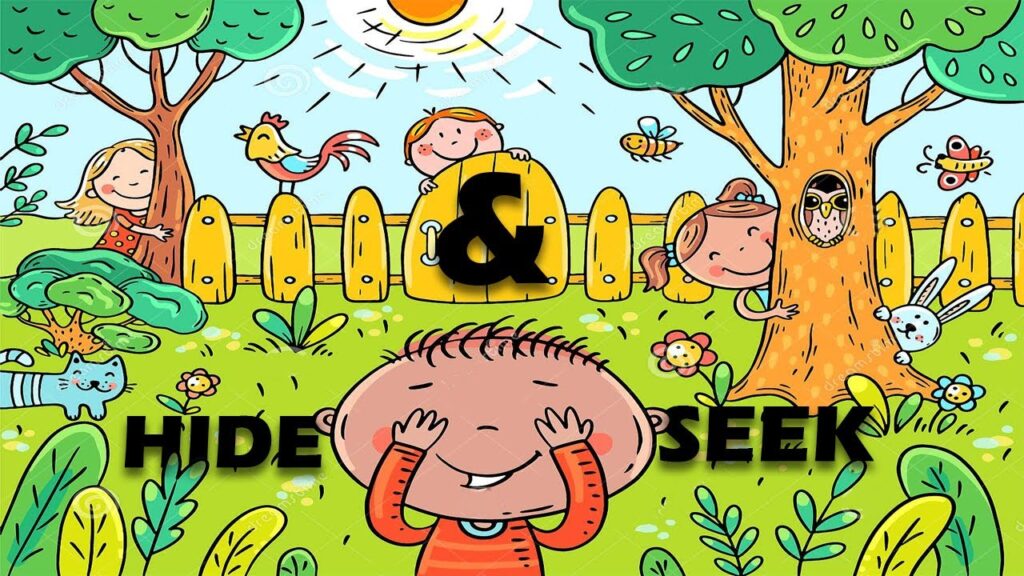
This one is the most fun and entertaining one of the lot. Choose a favorite storybook and hide characters or objects related to the story throughout the playing area. The seeker has to find the hidden items while acting out scenes from the story. This game promotes creativity, imagination, and storytelling. It also helps children to further engage with the story and deepen their understanding of the narrative.
Additionally, story-themed hide-and-seek can be a fun way to incorporate literacy into playtime, as children can practice identifying characters and objects from the book as they search for them. Overall, this variation of hide-and-seek adds an educational and imaginative twist to the classic game.
Conclusion
Hide-and-Seek games not only provide hours of entertainment for preschoolers and kindergartners but also offer valuable opportunities for learning and development. From improving cognitive skills to fostering social interactions, these games are a wonderful and excellent way to keep children engaged while keeping them physically active, mentally sharp, and creative.
Just remember to be safe and sound while playing. Here are some tips to keep in mind when playing with those little gooseballs. Make sure the hiding places are safe and easy for children to find. Start with a small group of children and gradually increase the number of players.
So, gather your tiny little munchkins and get ready to have a blast with these 15 fun and educational hide-and-seek games specifically designed for these growing smart kids while keeping their imagination running and keeping them on their toes. In contrast, they have the time of their life.
Happy Hiding and Seeking Adventures!


